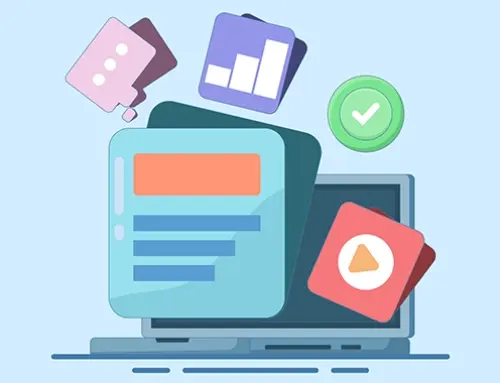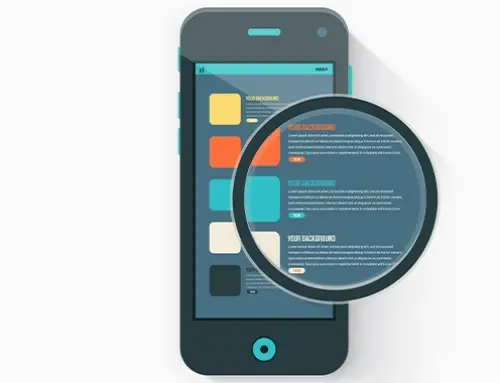Contents
Introduction
After a consulting session, it’s incredibly important to follow up with the person you met with. This can be as simple as sending a quick email, or as detailed as setting up the next steps for future projects. Regardless of how simple or complicated your project is, you’ll want to make sure that the other party understands what was discussed at the meeting and can keep moving forward if necessary.
Don’t Wait Until After the Meeting to Start your Follow-up
Follow-up is an essential part of any successful business relationship, but it’s especially important for consultants because you don’t have a direct line of communication with your client. You need to keep in touch with them so that they know what’s happening on your end and can respond when necessary. A CRM software like Runsensible is highly recommended to create and maintain a positive relationship with your clients.
If there are no immediate deadlines or projects coming up for them, then it may take some time before they need anything from you again. That’s why following up right away will give them peace of mind and help ensure that nothing slips through the cracks while they’re busy with other tasks.
Send an Email Within 24 Hours of the Meeting
You should send an email within 24 hours of the meeting. This will show that you are professional and organized, and it gives you time to collect your thoughts and write a good email. It also gives you time to research, if necessary, and find answers to questions that might have come up in the meeting.
Software like Runsensible helps Automate this process so that all of your follow-up emails get sent on schedule without any extra effort on your part!
Don’t Sound Too Eager
You’ve done the hard work of getting a meeting and now you’re on the phone with your prospective employer, awaiting their verdict. But don’t get ahead of yourself! Remember that this isn’t an offer yet; it’s just a conversation about whether or not there’s a good fit between you and the job at hand. If things go well in this call, then great, but no matter what happens, keep your cool and try not to sound desperate for either side of things.
Be Sure to Include Everything You Discussed in the Email
When you send an email to the client after your initial consultation, it’s important to include everything that you discussed in the meeting. This will ensure that there is no confusion about what was agreed upon and any other details that may have been missed in person.
It’s also good practice to include all of the following:
- a recap of your conversation
- a list of next steps
- an agenda (if not provided)
- action items, if applicable
In addition, it can be helpful to include a recap of anything else discussed during or after your consultation so as not to forget any points.
Ask Questions if They Haven’t Been Answered Yet
It’s important to ask questions if you have any. The recruiter has already spent time with you and knows your background, but it may be that he or she doesn’t know every detail of your experience or why certain things are important to you.
If there are questions left unanswered at this point, now is the time to bring them up! You don’t want to appear disinterested or uninterested in learning more about the position; it’s better for both of you if all questions are answered before moving forward with an offer.
Don’t Ask Irrelevant Questions
- Don’t ask questions that are not pertinent to the project or consulting session at hand.
- Ask only those questions that will help you get a better understanding of your goals, challenges, and objectives.
- If there is something specific you want to know, be sure to ask about it in your follow-up call after your consultation meeting has ended so that the client can address all of your concerns before moving forward with any additional projects or services.
A Good Follow-up Email can Help Cement Relationships and Keep them Going Long-term
When you send an email after your consultation, it’s important to be friendly and personable. You don’t want to sound too eager or formal, as this can make the recipient feel like you’re more interested in business than friendship. The tone should be casual and conversational, but not over-the-top informal; remember that there is still a client/consultant relationship at play here you want your emails to convey professionalism without coming across as cold or impersonal.
Create Email Templates
To save time and ensure consistency, create email templates for follow-up, thank you, and other correspondence. You can also use them for different types of communication depending on the project or client. For example, if you’re working with a tech company with an in-house marketing team and an outside agency working on its SEO strategy, it’s important to keep both teams informed about what’s happening with the website build so there are no surprises later on down the line.
In RunSensible we have a feature called “Email Templates” where users can create their own customized versions of existing emails. This allows users to adjust language as needed without having to retype everything manually each time they send out an email message; plus it ensures that everyone gets exactly what they need when communicating professionally over email.
Conclusion
So there you have it, the dos and don’ts of follow-up after your consultation meeting. As we’ve seen, it’s important to send an email within 24 hours of meeting with a potential client or customer so that you can start building rapport and making them feel more comfortable with working with you. You should also be sure to include everything discussed in this email as well, this way there won’t be any confusion about what exactly needs doing next.
FAQ
1. Where will the follow-up emails be saved?
The emails will not only be saved in the email app itself, but Runsensible will also save them in a secure cloud-based environment, protected from tampering.
2. How will I know that the client has received my follow-up?
By sending emails through Runsensible’s automated system you will be allowed to see what emails have been opened or left unread.
3. What if I don’t want to use the pre-built email templates?
No problem! You also have the option to create new and completely customized templates based on your style and needs.
Disclaimer: The content provided on this blog is for informational purposes only and does not constitute legal, financial, or professional advice.







